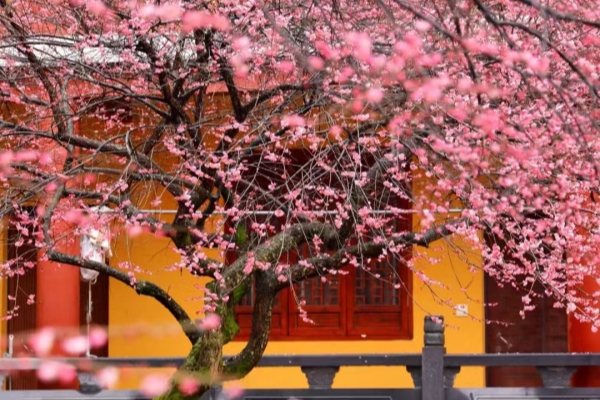Rare Baishanzu fir enters new breeding cycle in Lishui
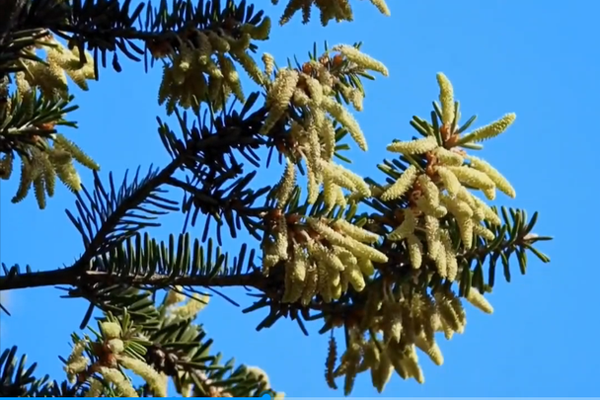
Pale yellow flowers in bloom adorn a Baishanzu fir in the Baishanzu National Park. [Photo/Tide News]
A rare species of conifer, Baishanzu firs – or Abies beshanzuensis – have bloomed with pale yellow flowers in the Baishanzu National Park in Lishui city in East China's Zhejiang province, starting a new breeding cycle.
The Baishanzu fir is a national first-class protected wild plant and is listed as one of the 12 most endangered plants in the world.
There are only three mature wild plants left in the world, growing in a broad-leaved forest on the south slope of Baishanzu's main peak at an altitude of 1,740 meters. These three wild Baishanzu firs are more than 100 years old.
The cultivated Baishanzu firs in the park have been blooming recently. These Baishanzu firs are all offspring of the three mature wild plants.
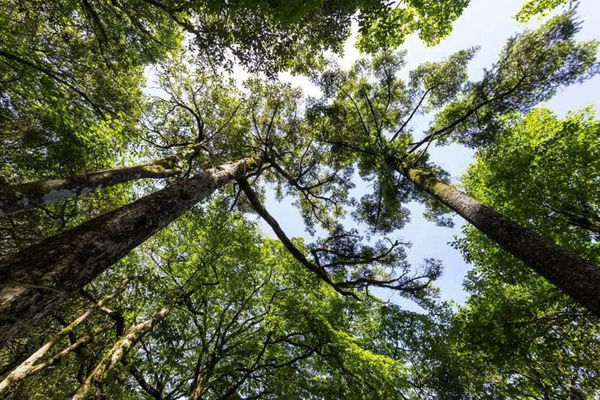
The Baishanzu fir is also known as the 'living fossil of plants'. [Photo/Tide News]
Since 1963, when three Baishanzu firs were first discovered on Baishanzu Mountain, countless researchers have been exploring and overcoming the difficulties of breeding the species.
According to researcher Chen Dingyun, in order to improve the survival rate of Baishanzu fir seedlings, the staff of Baishanzu will transplant the seedlings that come out in the next year to a breeding base for cultivation.
At present, the national park has successfully cultivated 83 mother tree seedlings, more than 600 natural sprouts under the mother tree and transplanted 4,000 plants.

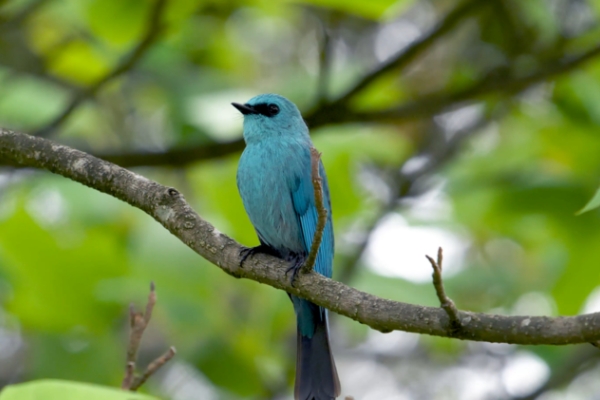 Lishui establishes intelligent biodiversity monitoring system
Lishui establishes intelligent biodiversity monitoring system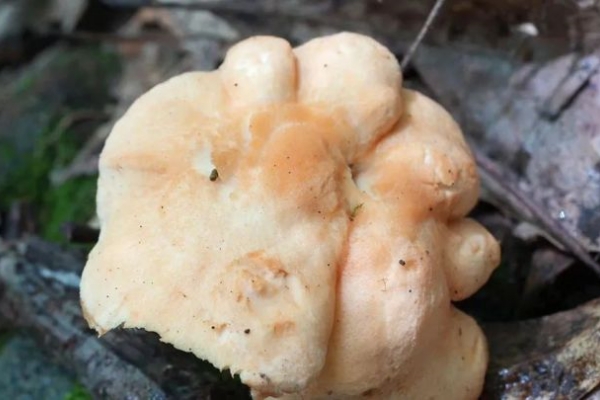 New fungus species discovered in Qingyuan
New fungus species discovered in Qingyuan Lishui transforms weirs to aid fish migration
Lishui transforms weirs to aid fish migration